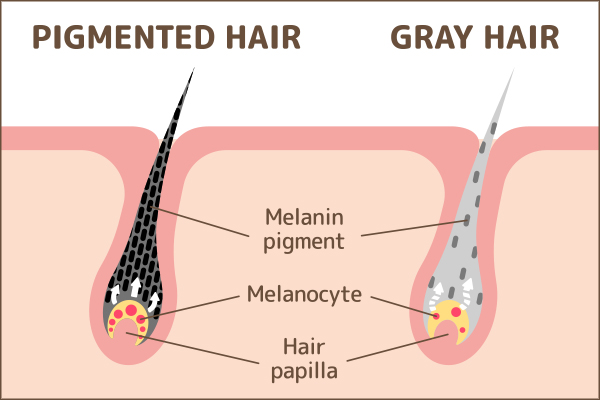There are many methods nowadays for efficient hair removal. From waxing, threading and tweezing, to laser hair removal. “Laser hair removal gets to the root of the problem, literally,” Lucy Dawe, Senior Consultant at Pulse Light Clinic told Cosmopolitan. It’s mostly permanent, cleaner, and of course, more expensive. Several people resort to this method of hair removal, but what is laser hair removal, really? And how does it work? Scroll down to find out!
Laser hair removal is for all skin types and hair colors, thanks to the advancement of technology. There are two ways to remove hair: laser and intense pulsed light treatment (IPL). Intense pulsed light treatment is the emission of a wide spectrum of light on the targeted area, hitting many hair follicles. Meanwhile, laser treatment emits one single and concentrated wavelength of light to target melanin in the hair, according to Astanza Laser. Although the methods are effectively similar, laser hair removal is more dominant throughout the Middle East.
What is laser?
Laser is a very concentrated, strong beam of light, which is converted to heat. The light is directly attracted to the pigment in the hair, also known as melanin. The heat destroys the hair follicles, the bulb supplying the hair with oxygen, and the hair regeneration stem cells, which prevents hair growth.

What’s the process?
Some precautions before going through with the treatment include staying away from the sun, shave 24 hrs before the treatment, and to not use any creams or oils on your skin before it. During the process itself, it might feel too hot, and a little uncomfortable.
Here’s what happens when the light beam hits your skin. There are three stages that hair undergoes. Anagen, catagen, and telogen. Anagen is basically the active growth stage; the hair is healthy and living. Catagen is when the hair follicle starts to die, and telogen is the stage in which the hair is completely dead and starts to detach from its root, according to Victorian Cosmetic.
How long do I do it for?
Usually, patients need two to six treatments, with varying intervals between sessions based on the location. For example, if a particular body part has slow hair growth, the treatment might require 12 to 16 weeks. That’s because some of the hair in the first session might already be in the catagen stage, which means you’ll need to start with them in the third session maybe when it’s back in the anagen stage. If some hairs are light-colored or fine, it means they’re not pigmented enough to convert the light into the necessary heat capable on destroying the hair follicle. If the hair doesn’t reach the required temperature, the treatment will only damage the hair follicles temporarily, rather than removing them completely, meaning you can expect more sessions!
After completing all the necessary treatments however, with the right precautions and aftercare, you can sit back and enjoy smooth, clearer skin.




